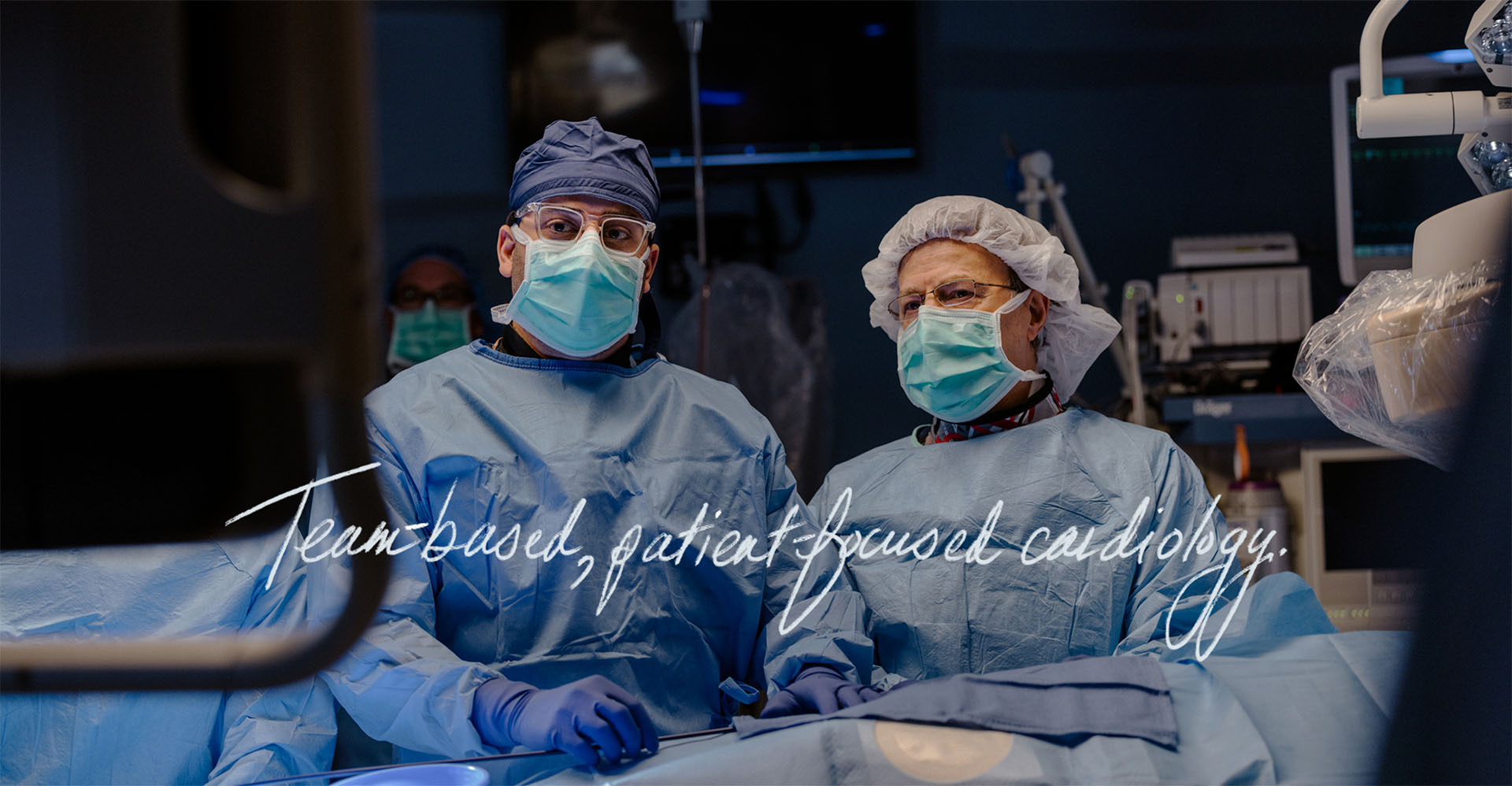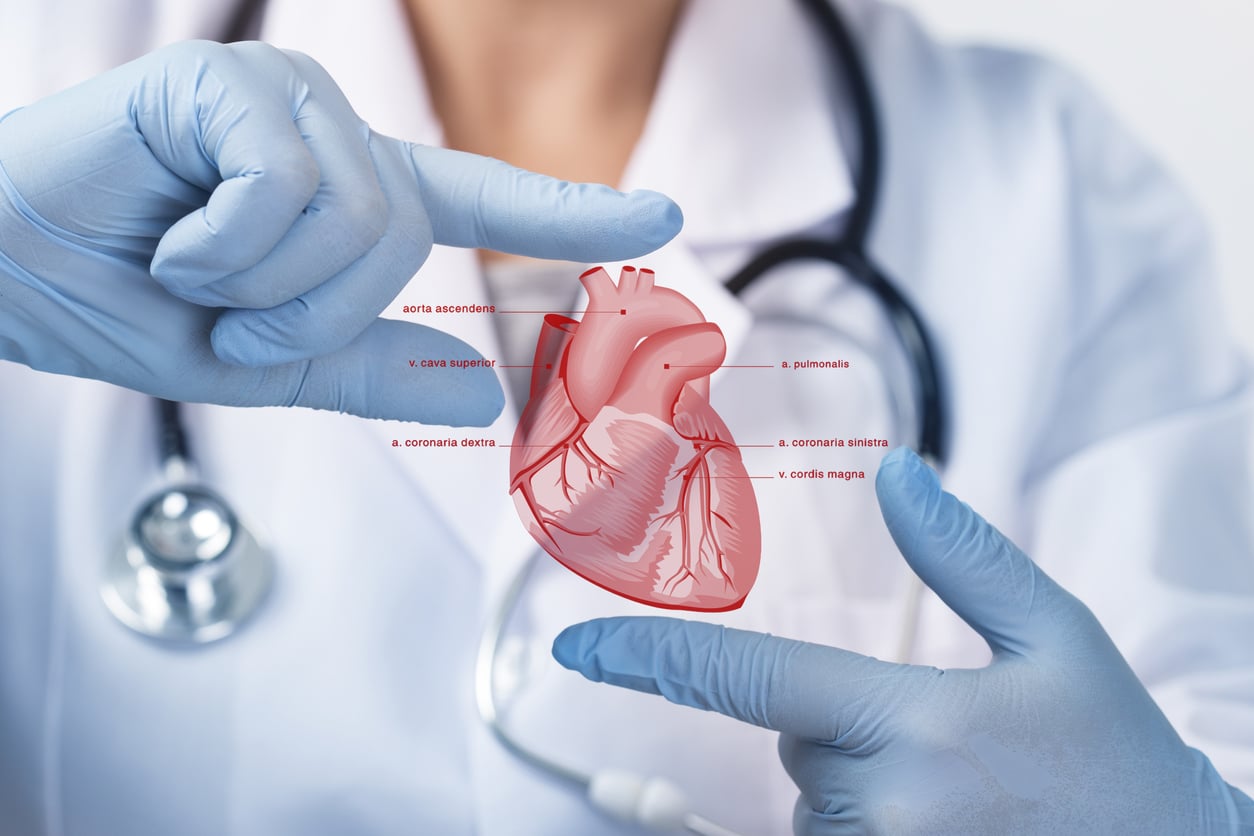Comprehending the Importance of Cardiology in Modern Health Care Providers
Cardiology plays a critical duty in modern-day medical care, specifically as heart disease proceeds to be the leading reason of death worldwide. Breakthroughs in diagnostics and therapy have actually transformed client care, allowing earlier interventions and improved outcomes. The shift towards precautionary cardiology empowers individuals to manage their health and wellness proactively. As innovation remains to advance, the assimilation of innovative remedies might further redefine cardiology's effect on public health, triggering a closer examination of emerging trends and their effects.
The Occurrence of Cardiovascular Disease and Its Effect On Public Wellness
Heart disease remains the leading cause of fatality internationally, its impact expands far past individual patients to affect public wellness systems and economic climates. The high frequency of heart problem places a significant stress on medical care sources, requiring increased financing for avoidance, treatment, and recovery programs. Public wellness campaigns need to resolve danger elements such as obesity, cigarette smoking, and less active way of lives, which add greatly to the increasing occurrence of heart conditions.Moreover, the economic concern linked with heart problem is tremendous, encompassing not only straight clinical prices but likewise indirect costs connected to lost efficiency and early death. Areas face challenges in taking care of these costs, typically bring about differences in healthcare access and outcomes. As the population ages and lifestyle-related dangers remain to escalate, the urgency for effective cardiology interventions becomes critical. Dealing with heart illness is not only a matter of individual wellness yet additionally a critical public wellness top priority.
Breakthroughs in Heart Diagnostics and Imaging Techniques
Current developments in cardiac diagnostics and imaging techniques have transformed the field of cardiology, boosting the capacity to find and keep an eye on heart problem. Methods such as cardiac MRI, CT angiography, and echocardiography have actually ended up being increasingly sophisticated, giving in-depth pictures of cardiac frameworks and features. These modalities permit for the very early identification of problems like coronary artery illness, cardiac arrest, and valvular disorders.Moreover, innovations in non-invasive diagnostics, such as wearable technology and remote monitoring tools, have actually equipped clients and healthcare carriers. These devices facilitate real-time monitoring of heart rhythms and other crucial indicators, causing timely treatments. Additionally, expert system is being incorporated into imaging analysis, improving precision and efficiency in medical diagnosis.
Innovations in Therapy Options for Heart Conditions
Current advancements in cardiology have actually led to considerable innovations in treatment alternatives for heart conditions. These include innovative surgical strategies that enhance procedural end results and emerging medications that use brand-new opportunities for treatment. As the field progresses, these technologies play an important function in boosting patient care and results.
Advanced Surgical Techniques
Technologies in surgical techniques have changed the landscape of cardiology, supplying brand-new wish for clients with heart disease. Minimally invasive procedures, such as catheter-based interventions, have considerably reduced healing times and health center stays. Techniques like robotic-assisted surgical treatment improve accuracy, permitting cosmetic surgeons to browse intricate physiological frameworks with better precision. Advancements in imaging technology facilitate real-time visualization throughout procedures, improving outcomes. Transcatheter aortic shutoff substitute (TAVR) exhibits an innovation in dealing with aortic constriction, allowing shutoff replacement without open-heart surgical treatment. Furthermore, hybrid methods that combine catheter-based and medical approaches offer tailored services for various heart concerns. These sophisticated surgical techniques not only enhance person safety and security however also expand therapy choices, underscoring the crucial role of innovation in modern-day cardiology methods.
Emerging Drugs and Treatments
As the landscape of cardiology remains to evolve, emerging treatments and medications play a crucial function in enhancing therapy choices for heart disease. Technologies such as novel anticoagulants and progressed lipid-lowering agents have actually transformed the monitoring of heart diseases, considerably reducing person morbidity and death. Furthermore, the growth of gene treatments and regenerative medicine uses promising methods for treating problems formerly deemed permanent. Clinical trials are consistently revealing the efficiency of these treatments, pushing the limits of traditional treatments. The assimilation of digital health and wellness technologies promotes personalized medication, permitting for customized therapy strategies based on hereditary and way of living factors. Collectively, these improvements underscore the dynamic nature of cardiology, improving patient results and redefining requirements of treatment in modern-day health care.
The Role of Preventive Cardiology in Individual Care
Precautionary cardiology plays an important function in person treatment by concentrating on the recognition of danger variables that add to cardiovascular disease. With way of life alteration approaches and early discovery strategies, medical care service providers can successfully minimize the incidence of cardiovascular events - Cardiologist near me. This aggressive strategy not just enhances individual results but also advertises lasting wellness
Threat Aspect Identification
While cardiovascular conditions continue to be a leading reason of morbidity and mortality worldwide, effective risk variable recognition acts as a cornerstone of preventive cardiology. Recognizing danger elements such as high blood pressure, diabetic issues, hyperlipidemia, and family background is necessary for very early intervention. Medical care experts utilize numerous screening approaches to examine these factors, enabling for customized safety nets. Furthermore, recognizing an individual's way of living options, such as smoking and physical inactivity, better informs threat assessments. This detailed assessment makes it possible for clinicians to create customized treatment plans targeted at mitigating threats. By prioritizing danger factor identification, medical care systems can enhance individual end results and reduce the general worry of cardiovascular illness, ultimately adding to boosted public health methods and source allocation.
Way Of Life Alteration Approaches
A wide variety of studies highlights the vital duty of way of living modification techniques in minimizing cardio illness risk. These techniques include nutritional adjustments, raised exercise, smoking cessation, and weight management. By adopting a heart-healthy diet rich in fruits, vegetables, whole grains, and lean proteins, individuals can lower cholesterol levels and blood pressure. Routine exercise reinforces the heart and boosts total cardio health and wellness. Furthermore, stopping cigarette smoking greatly decreases the risk of cardiovascular disease and enhances recovery prices for those with present problems. Weight administration even more adds to cardio health and wellness by alleviating other risk factors such as diabetes mellitus and high blood pressure. Carrying out these way of living alters not only advertises specific wellness but also serves as a foundation of preventive cardiology in patient treatment.
Early Detection Strategies
Way of life modifications greatly add to minimizing cardiovascular condition dangers, but they are most reliable when paired with very early detection techniques. Preventative cardiology highlights the significance of determining potential heart concerns before they rise into significant conditions. Strategies such navigate to this website as high blood pressure monitoring, cholesterol testing, and advanced imaging technologies like echocardiograms play critical functions in evaluating cardio health. Biomarkers and genetic screening likewise boost the accuracy of early detection, enabling tailored preventative techniques. Normal cardiac danger evaluations equip doctor to intervene proactively, potentially protecting against heart assaults and strokes (Dr Garcia). By integrating these very early discovery approaches into routine treatment, patients can gain from timely way of living treatments and targeted therapies, inevitably improving results and boosting lifestyle
Integrating Modern Technology Into Cardiology Practices
As improvements in modern technology remain to reshape various fields, the assimilation of cutting-edge tools and systems into cardiology methods has actually come to be essential for enhancing client care and results. Telemedicine systems allow cardiologists to keep track of individuals from another location, boosting accessibility to care while lowering the burden on healthcare facilities. Wearable devices, such as smartwatches, enable continual heart price tracking, informing both people and medical professionals to possible concerns in real-time. Additionally, expert system (AI) is being utilized to analyze vast quantities of heart information, helping in early medical diagnosis and individualized therapy plans. Advanced imaging methods, including 3D echocardiography, enhance visualization of heart structures, causing a lot more exact interventions. Electronic wellness documents (EHRs) improve client information monitoring, ensuring that cardiologists have immediate accessibility to vital data. Together, these technical improvements are transforming cardiology, advertising positive administration and improved wellness results for patients with cardio conditions.
The Importance of Individual Education and Interaction
Patient education and learning and involvement play a critical duty in the management of cardiovascular wellness. By gearing up individuals with expertise concerning their conditions, treatment alternatives, and way of living modifications, medical care suppliers empower individuals to take an energetic duty in their care. This proactive technique can bring about improved adherence to recommended drugs, dietary changes, and exercise programs, inevitably reducing the danger of complications.Engagement also promotes a solid patient-provider partnership, urging open communication and count on. When clients really feel educated and entailed, they are most likely to click to read voice concerns and ask concerns, which can cause much better professional end results. In addition, instructional sources, such as workshops or electronic systems, can boost understanding and advertise self-management strategies. Overall, prioritizing patient education and engagement is important for enhancing cardiovascular health and wellness, enhancing lifestyle, and minimizing health care expenses connected with cardiovascular diseases.
Future Fads in Cardiology and Their Possible Influence

Regularly Asked Concerns
What Way Of Life Changes Can Reduce Cardiovascular Disease Threat?
The present question addresses way of living adjustments that can significantly reduce cardiovascular disease danger. Cardiology. Adopting a balanced diet regimen, participating in normal physical task, maintaining a healthy and balanced weight, handling stress, and staying clear of tobacco can especially enhance cardiovascular wellness
How Can I Identify Early Indicators of Heart Problems?
Identifying early indicators of heart problems includes monitoring signs and symptoms such as breast discomfort, lack of breath, exhaustion, and irregular heart beat. Timely understanding of these indicators can motivate required clinical evaluation and treatment for better results.
What Are the Differences Between Cardiologists and Cardiac Surgeons?
The distinctions between cardiologists and heart specialists lie in their functions; cardiologists primarily identify and take care of heart problems with non-invasive methods, while cardiac specialists execute surgeries to remedy architectural heart issues. Each plays a crucial, distinctive role.

Just how Usually Should I Obtain My Heart Health And Wellness Checked?
The frequency of heart medical examination differs based on private risk variables. Usually, adults should undertake examinations every one to 2 years, while those with current problems might require even more regular assessments as suggested by health care professionals.
What Function Does Genetics Play in Heart Condition Danger?
Genes considerably influences heart problem risk, with domestic patterns showing acquired problems. Certain genetics can predispose people to high blood pressure, cholesterol concerns, and other cardio problems, highlighting the value of genetic screening in evaluating heart health and wellness. Heart condition stays the leading reason of death internationally, its impact expands far beyond specific patients to impact public wellness systems and economic climates. Public wellness initiatives need to resolve risk aspects such as obesity, cigarette smoking, and less active lifestyles, which contribute considerably to the climbing incidence of heart conditions.Moreover, the economic problem linked with heart disease is immense, including not only straight clinical costs but likewise indirect costs connected to shed productivity and premature mortality. Precautionary cardiology plays a crucial duty in client care by focusing on the recognition of danger aspects that add to heart condition. Artificial intelligence (AI) and machine knowing are improving diagnostics and individual tracking, making it possible for very early discovery of heart diseases. The differences between cardiologists and cardiac cosmetic surgeons lie in their roles; cardiologists primarily diagnose and manage heart conditions via non-invasive approaches, while heart doctors do medical procedures to fix structural heart official statement issues.